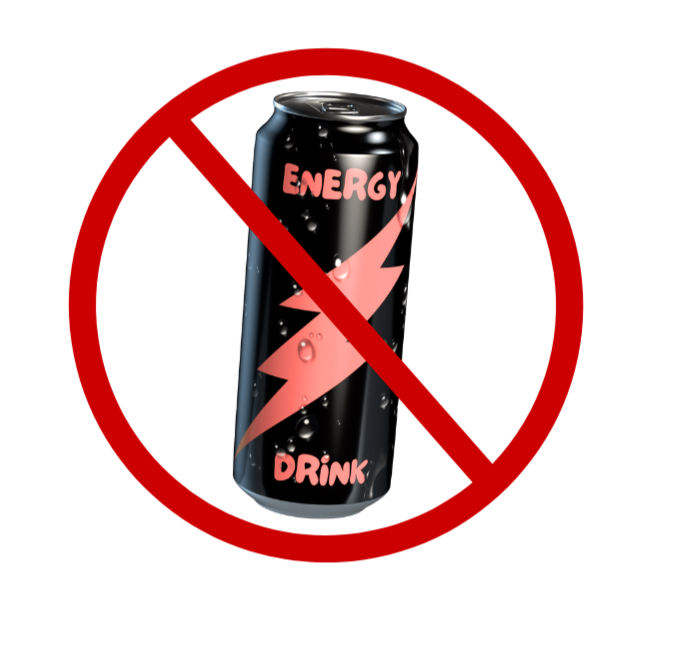Hydration & Heat: How to Keep Kids Safe During Outdoor Activities This Summer
- fitfirstmanager
- Jul 21
- 2 min read
When temperatures soar, the risks tied to outdoor play grow. While running, jumping, and exploring under the sun is great for physical and mental well-being, heat and dehydration can turn fun into danger fast — especially for young kids.
Whether your child is headed to a fitness camp, playing in the park, or joining a training session, understanding the signs of dehydration, knowing when to take breaks, and encouraging proper hydration is key to keeping them safe and thriving all summer long.
Why Hydration Matters for Kids in the Summer
Children are more sensitive to heat than adults: they sweat less efficiently and often don’t realize they’re thirsty until dehydration sets in.

Staying hydrated helps children:
Regulate body temperature
Maintain muscle and joint function
Stay mentally sharp and emotionally regulated
Avoid serious conditions like heat exhaustion or heat stroke
The American Academy of Pediatrics recommends that children drink water before, during, and after outdoor physical activity, and stresses the importance of water over sports drinks for most children.
Signs of Dehydration in Kids
Children don’t always recognize or communicate that they’re overheating, so it’s important for parents and caregivers to spot the early signs of dehydration:
Dry lips and mouth
Headache or fatigue
Dizziness or irritability
Dark yellow urine or decreased urination
Muscle cramps
Skin that feels hot but dry (a red flag)
In severe cases, children may faint or become confused — signs that warrant immediate medical attention.
When to Take Breaks (and How Often)
Breaks aren't just helpful — they’re life-saving in hot weather. A comprehensive review by the Gatorade Sports Science Institute suggests that heat and activity schedules must be adjusted for youth, especially in summer programs.

Practical Break Recommendations:
Every 15–20 minutes: Short water break
Every 45–60 minutes: At least 5–10 minutes in shade
Monitor for symptoms like red cheeks or sluggishness
Use cold towels, hats, or spray bottles to cool quickly
Young children, especially under 9 years old, may need even more frequent pauses to recover.
How Fit First Keeps Kids Safe While They Move
At Fit First, our coaches are trained to prioritize safety — especially in summer heat. During all outdoor sessions, we:
Schedule frequent water breaks
Provide shaded cool-down areas
Rotate high-intensity activities with recovery-based games
Monitor children for early signs of overheating
We also educate children to listen to their bodies and speak up when they need a rest. It’s not just about fitness — it’s about health, confidence, and learning lifelong self-awareness.
Summer Safety Checklist for Parents

Want to help your child stay active and safe this summer? Here’s what you can do:
Pre-hydrate before arrival to any activity
Pack a labeled water bottle (with extra ice if possible)
Dress kids in light, breathable clothing and sun hats
Choose snacks with high water content (like watermelon or cucumbers)
Avoid soda, energy drinks, or sugary sports drinks
Reinforce body cues like thirst, headache, or feeling dizzy
Sources
American Academy of Pediatrics — Exercise-Related Heat Illness in Children
Gatorade Sports Science Institute — Hydration and Thermal Strain in Youth Sports
ChatGPT, OpenAI — content support and summary




Comments